To celebrate this first day of Spring, the Vernal Equinox, I gave myself the gift of a slow morning and filled it with tea, haiku, and a walk in the woods.
First, I poured myself a cup of tea, brewed from fresh ginger root and soft, sweet Medjool dates, as my Korean friend had taught me. Then, I opened a slim, old book of poetry, Haiku Harvest. I bought it when I was in high school and quickly fell in love with the old haiku masters’ elegant simplicity of word and wisdom. Finally, having nourished body and soul, I set out for a walk, stopping first at a patch of snowdrops and slightly spent winter aconite and then making my way to a small nearby woods.
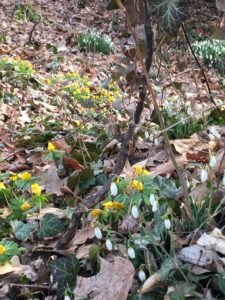
Snowdrops and winter aconite PHOTOS: Mary van Balen
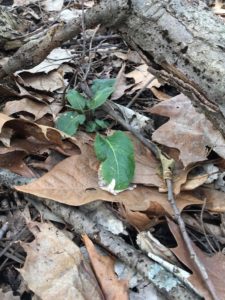
A small bit of green pushing up through last years leaves
HE IS UNKNOWN
THE POET WHO SINGS
THIS GREATEST
OF ALL SONGS — SPRING!
Shiki
HONKING WILD GEESE COME
SCRAWLING DELIGHT
IN SPRING’S COLD
PALE MORNING SUNLIGHT
So-In
I didn’t hear any honking geese this morning, but the woods were filled with chickadees flitting form tree to tree, dipping and singing spring songs. The woodpeckers remained hidden, but I could hear their calls and hollow drumming on dead tree trunks.

IN MY HOUSE THIS SPRING
TRUE, THERE IS NOTHING,
THAT IS,
THERE IS EVERYTHING!
Sodo

Spring greening
OUT OF ONE WINTERY
TWIG, ONE BUD,
ONE BLOSSOM’S WORTH
OF WARMTH AT LONG LAST!
Ransetsu
UNDER A SPRING MIST,
ICE AND WATER
FORGETTING
THEIR OLD DIFFERENCE…
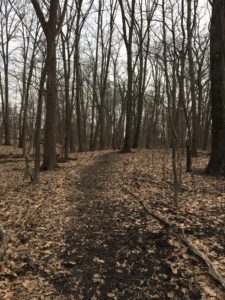
MY HORSE CLIP-CLOPPING
OVER A FIELD…
OH HO!
I’M PART OF THE PICTURE!
Basho
And so we are…
Happy Spring!
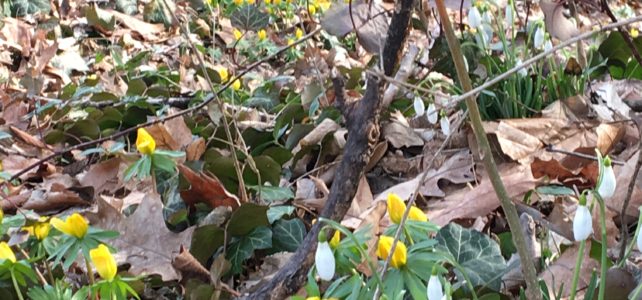




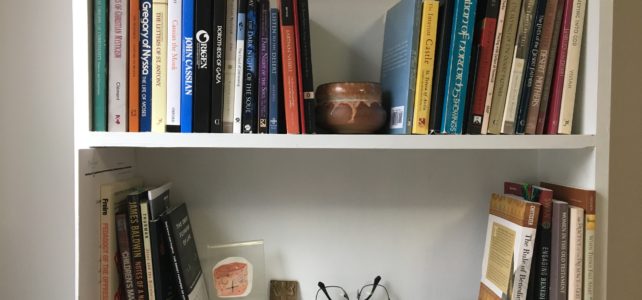
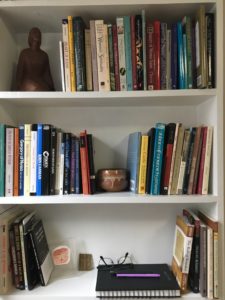
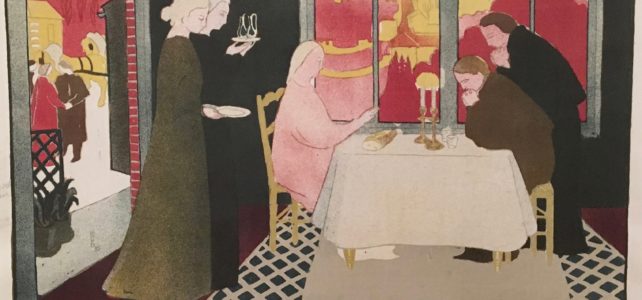
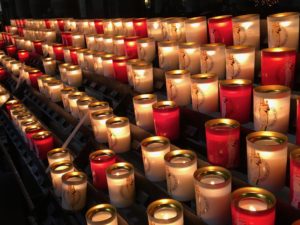
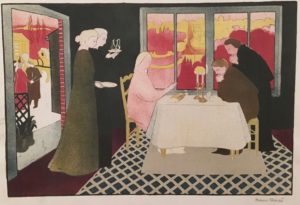
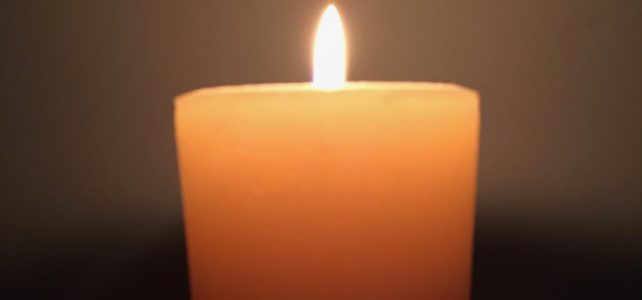
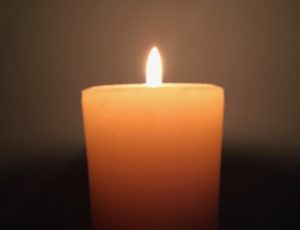 I’m not sure when I began reading books by Thomas Merton. Probably late high school or early college. I’m also not sure how I discovered them. Though I was naturally drawn to contemplative prayer, the word was unfamiliar to me until Merton’s writings provided it. “Contemplative” was not something you heard about sitting in the pews on Sundays or even in religion classes. Not usually. Reflecting on that later, I never understood why. Christianity has a long, rich contemplative tradition.
I’m not sure when I began reading books by Thomas Merton. Probably late high school or early college. I’m also not sure how I discovered them. Though I was naturally drawn to contemplative prayer, the word was unfamiliar to me until Merton’s writings provided it. “Contemplative” was not something you heard about sitting in the pews on Sundays or even in religion classes. Not usually. Reflecting on that later, I never understood why. Christianity has a long, rich contemplative tradition.

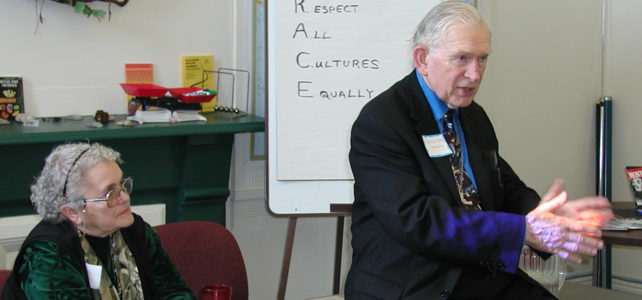
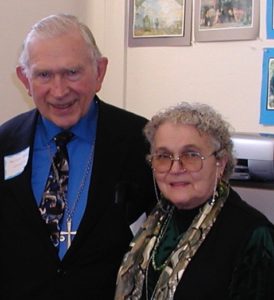
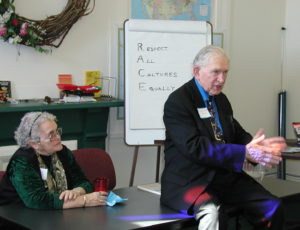

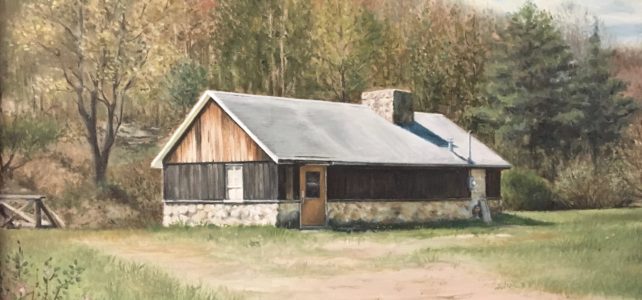

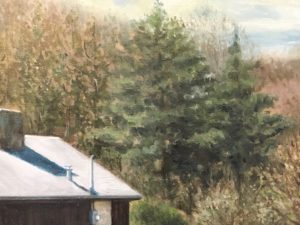

 When my oldest child was three, friends with a son about the same age asked how I liked Sesame Street. I admitted that neither I nor my daughter had seen it. We rarely turned on the television, but after hearing other young parents extolling the show’s merits, I watched. The constant fast pace and short snippets put me off. (A former elementary teacher as well as a mother, I knew kids had longer attention spans than that.) Later, I came to appreciate what the show had to offer, and Sesame Street and other public television shows became common fare. But at first, if we were going to watch children’s television at all, I preferred Mr. Rogers.
When my oldest child was three, friends with a son about the same age asked how I liked Sesame Street. I admitted that neither I nor my daughter had seen it. We rarely turned on the television, but after hearing other young parents extolling the show’s merits, I watched. The constant fast pace and short snippets put me off. (A former elementary teacher as well as a mother, I knew kids had longer attention spans than that.) Later, I came to appreciate what the show had to offer, and Sesame Street and other public television shows became common fare. But at first, if we were going to watch children’s television at all, I preferred Mr. Rogers.